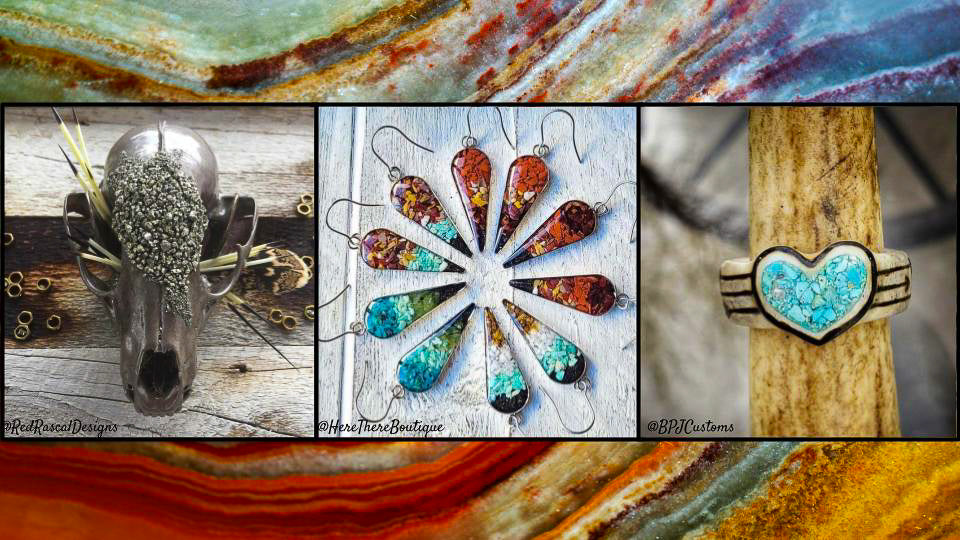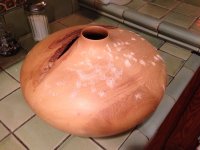Tom Baugues
Member
- Messages
- 2,794
- Location
- Lafayette, Indiana
I've never turned a bowl with a matching lid before. My question is.....is the lid usually a separate piece of wood to start with or is there ever a case where the lid is cut from the same piece as the bowl. If from the same piece, then at what point do you cut the lid piece away from the bowl piece? Or should that have been cut away before any turning on the piece ever started? I hope this makes sense.












